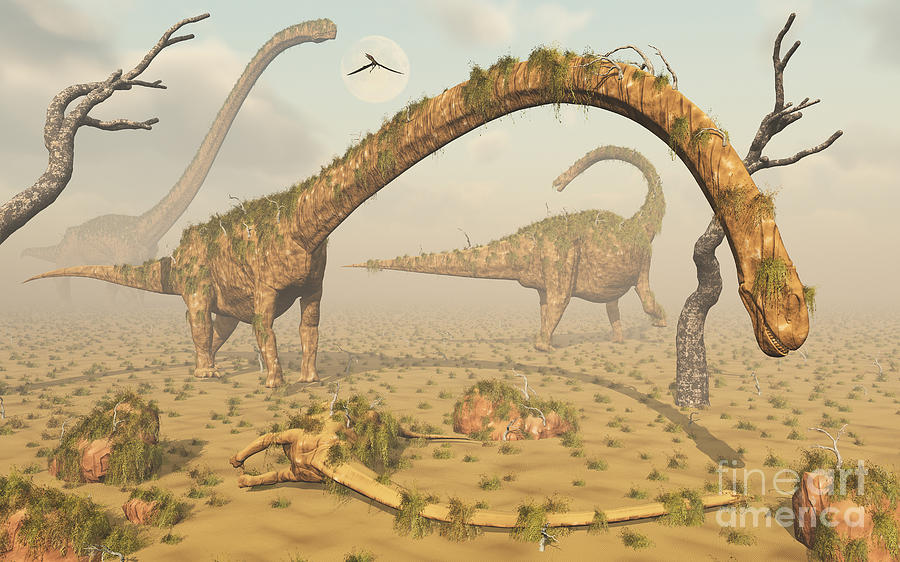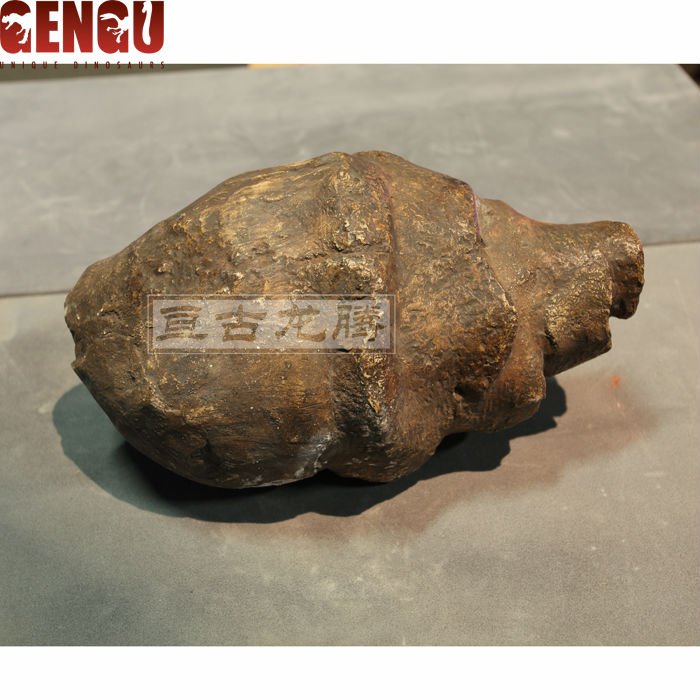[Recent Entries][Archive][Friends][User Info]
| November 9th, 2012 | ||||||||||||||||||||||||||||||
|---|---|---|---|---|---|---|---|---|---|---|---|---|---|---|---|---|---|---|---|---|---|---|---|---|---|---|---|---|---|---|
| 05:55 pm [industrialterro] [Link] |
Omeisaurus Omeisaurus (meaning "Omei lizard") is a genus of sauropod dinosaur from the Middle Jurassic Period (Bathonian-Callovian stage) of what is now China. Its name comes from Mount Emei, where it was discovered in the lower Shaximiao Formation of Sichuan Province. Like other sauropods, Omeisaurus was herbivorous and large. It measured 10 to 15.2 metres (30 to 50 ft) long and 4 metres (12 ft) high, and weighed 4 tons. Omeisaurus was first described in 1939. It was named after the sacred mountain Omeishan, which is where the first fossil example of Omeisaurus was found. Most skeletons of Omeisaurus were found in the 1970s and 1980s, during the great “Chinese dinosaur rush”. There have been six species of Omeisaurus named so far: O. junghsiensis, O. changshouensis, O. fuxiensis, O. tianfuensis, O. luoquanensis, and O. maoianus. All of these but the last were named after the locations where they were found. O. fuxiensis was the smallest species, measuring around 35 feet (11 m) long. O. tianfuensis had the longest neck of the genus, around 30 feet (9.1 m) long. The only dinosaur with a longer neck was Mamenchisaurus. A club tail fossil discovered in the same bone bed as the Omeisaurus fossils was thought to belong to this genus, but is now believed to belong to a large specimen of Shunosaurus. Mounted skeletons of Omeisaurus are on display at the Zigong Dinosaur Museum in Zigong, Sichuan Province and at Beipei Museum, near Chongqing, both in China. It was once classified as a member of the Cetiosauridae family, which had long been a wastebasket taxon. The species O. fuxiensis is sometimes confused with Zigongosaurus, but the two are based on different material despite having the same species name. Omeisaurus is presently counted as a member of the Omeisauridae, Mamenchisauridae, or Euhelopodidae. The general linkage of the genus with Mamenchisaurus et al. is the basic theme of including it in the omeisaurid or mamenchisaurid families. However, Omeisaurus is similar to many non-mamenchisaurid Chinese eusauropods classified as euhelopodids.
Репродукции (1, 2, 3, 4, 5, 6, 7, 8, 9, 10):
Ископаемые останки и реплики (1, 2, 3, 4, 5, 6, 7, 8):
Tags: Вымершие рептилии, Юра, авеметатарзалии, архозавроморфы, архозавры, диапсиды, динозавроморфы, динозавры, завроподоморфы, завроподы, маменчизавриды, ящеротазовые | |||||||||||||||||||||||||||||
| Comments | ||||||||||||||||||||||||||||||
Ахтунг, на картинке № 8 обнаружено НЛО!!!
как они могли такую длинную тяжолую хуйню на весу держать? (Reply to this) (Thread)
Шея не тяжёлая была - вес облегчался за счёт наличия полостей в костях, в том числе и в позвоночнике, а хвост служил в качестве балансира. Собственно, многие современные животные тоже обладают непропорционально длинной шеей - например, жирафы и змеиношеие черепахи. (Reply to this) (Parent) | ||||||||||||||||||||||||||||||

















